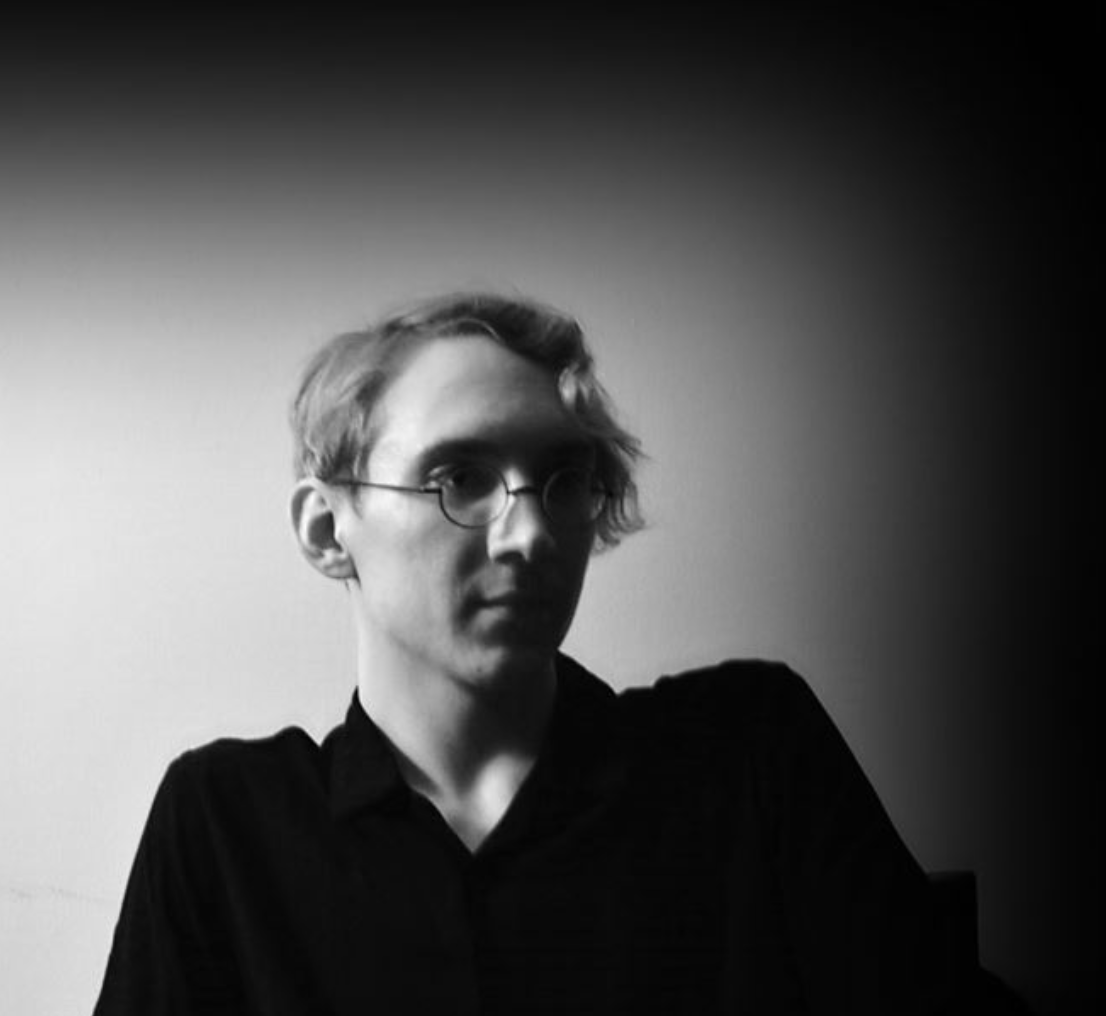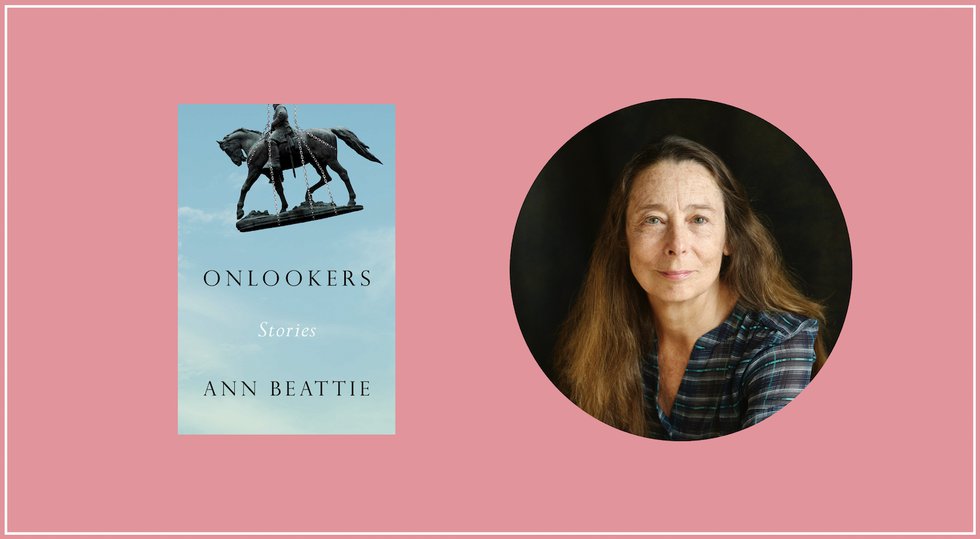Inspired in Scotland, now based at Reservoir Distillery in Richmond, Sackier’s shares her story of whiskey.

Make it a Double by Shelley Sackier. Pegasus Books. pp.304. $27.95.
Konstantin Rega: So how did you get into the world of whiskey?
Shelley Sackier: Basically, the first time I laid eyes on a dram of scotch I was on my inaugural visit to Scotland and I was this fresh 22 year old and my soon-to-be husband took charge of my initiation into Scotland.
And so after we hunted through castles and traversed around gleaning locks, we visited a Obon Distillery on the west coast of Scotland. After the tour, I was handed a glass and told how lucky I was to be experiencing one of the best whiskies in the world.
I took a sip, and I did not feel lucky.
In the evening, the barkeep from our hotel asked if I would like a drink. My nettled fiancé suggested that the barman keep his precious gold, because my tongue was woefully uneducated. But the barman begged me to try again, this time with something he described as more like a marmalade cosmopolitan.
Just everything bloomed within that glass. Like Scotland had discovered how to transform the landscape into liquid form. And so from there on out, I wanted to know everything.
I knocked on every back door of every distillery I could find. I wanted to understand the science and the chemistry and the machinery—how that flavor was created. Eventually I snagged an internship with one off the west coast of Scotland. And this is where I truly learned how whiskey is made from grain to glass.
Fly forward another several years. And I’m in the middle of researching a book and sought out Reservoir Distillery. I happened to get into a conversation with the owner, Dave Cuttino. He says to me, “Why aren’t you working in a distillery?” And before I could reply. He said, “You are going to come work in my distillery, and we are going to squeeze every last drop of information you possess about whiskey right out of you.”
That is how I got my dream job and got into business.
So what, then, inspired the writing of Make it a Double?
I feel like I have never not been writing this book. I have worked on this compendium of stories for two decades, because I wanted to track this transformation I was going through. So this book allows me to expose people to a few crucial but really fascinating things to make their initial handshakes with brown spirits a little bit less befuddling and a lot more enticing. And it was my own sort of technical manual, my collection of “don’t forget this information.”
And did you always want to be a writer?
Nope, I was a musician for a very long time. I wrote a lot of music, was trained classically. And I fell in love with the idea of being a storyteller. So when I ended up leaving the stage, and had a couple of children, I just got very itchy with that need to be creative.
I recognized that I had already learned how to write a story, it was just a musical form, right? Now I could expand that story form onto pages. You know, it was a different kind of art form, but it was the same art. So I just kept doing it. Just learning how to be a good communicator and storyteller.
On your journey so far, what have been sort of the high points of your time at Reservoir?
Well, I think I think it is the fact that I have found a home that is so unique, right? They have been crafting single grain whiskey since 2008. And we’re the third distillery outside of Kentucky making bourbon. It’s been sort of long enough for us to discover that our flavor—this thing that I was so interested in—is distinct to this patch of earth.
So, I was recognizing that flavor comes from our farmers, the Virginia grains of wheat, corn, and rye, from the yeast-rich environment where our distillers are crafting whiskies, and from our Virginia white oak our coopers make casks out of, and our climate. Everywhere from the rain on Virginia soil to the warehouse we do our barrel maturation in. We rely on Virginia ingredients to help us make our whiskies distinctive.
Every step of the way, we have this opportunity to ask the question: “What does Virginia taste like?”
And I love being part of a team, a company that does that. We are women-powered. And we seek to create this company that is full of innovators; they care about the craft but also about the community we’re connected to.
Yeah, a lot of people are under the misconception that it’s, you know, it’s all due to just one ingredient. That they really have no idea how complex the art of distillation is, and the creation of flavor, and how impactful all of these aspects of that science and engineering really is.
And, you know, that’s part of the excitement of my job is to be able to describe to people, how that flavor got into their glass. And, you know, in whatever level of detail they want.
So where does someone start with the world of whiskey?
That answer for me is so easy, because there the world is just full of resources and mentors. You can go online and find whiskey clubs of people who are either very well educated or who are very new to the whole world of brown spirits. Or you can find a bazillion different books about whiskey. So there’s just a bazillion different great stories out there.
Come to one of my classes here at Reservoir. We have a whole host of different classes that we put on, whether it’s the art of distillation, or the history of bourbon, or the history of Scotch, or learning about how any spirit is made. And then of course, if you’re really serious, you can volunteer to work in any distillery as an intern—they always need hands.
But if you’re just the average Joe who wants some advice on what to try first, I’d suggest going to your local watering hole and asking the bartenders their opinions on the different brands. They should be hopefully well educated.
Anything you wanted to share about your experiences in the industry at large?
You know, in the past, I did not have any females as mentors, they were all older white men, no matter the country I was in. So most of the time, when I visited a distillery, asking questions, some guy would mistake me for, like the cookery staff. And some of them just flatly refused to give me any answers. But I muscled through that anyway, because I was fueled by curiosity. And although I think for the most part, a lot has improved on that front, I still encountered people who will try to mansplain me on subjects that I have been studying for 25 years,
So now that said, I just think that there are so many opportunities for women to find themselves a position with the spirits industry. So there are loads of people out there and I don’t think women should at all feel nervous about either wanting to try brown spirits or wanting to be a part of this industry because there are welcome arms. So I do think that’s an important message to convey.
Where do you see yourself going from here?
I have aspirations to continue writing. That is my main love: to teach people through the written word. We live in very special places, and we need to protect those environments. We need to protect the people who are living and thriving on the land that we’re all counting on for our business. So I want to continue what I’m doing and make more of what we’ve already made but make it better.
I do have a very special place in my heart for ancestral heritage; I think that those things should be celebrated. And something bright and new and shiny, isn’t always the best way forward, right? Sometimes it’s protecting what we have.









